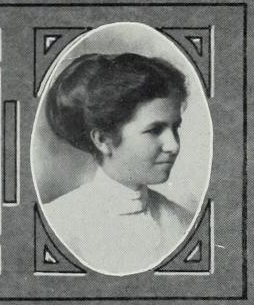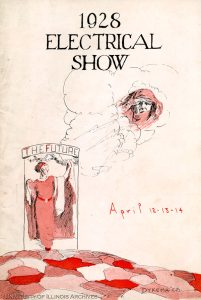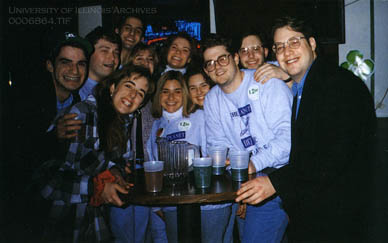If people don’t flock to the agricultural college, take the agricultural college to the people.
In February and March of 1911, the College of Agriculture Extension Service operated two special cars furnished by the Illinois Traction system, sharing knowledge about cultivating soil and raising agricultural products in the state of Illinois. Professor Fred L. Charles, University specialist in teaching agriculture, directed the program. He was joined by Professor J.P. Gilbert of the School of Education, L.R. Lang of the dairy department, L.D. Hall of animal husbandry, Professor D.O. Barto who specialized in poultry, and J.E. Whitechurch of the soils division.[1] Continue reading “The Educational Agricultural Trolley, 1911”



